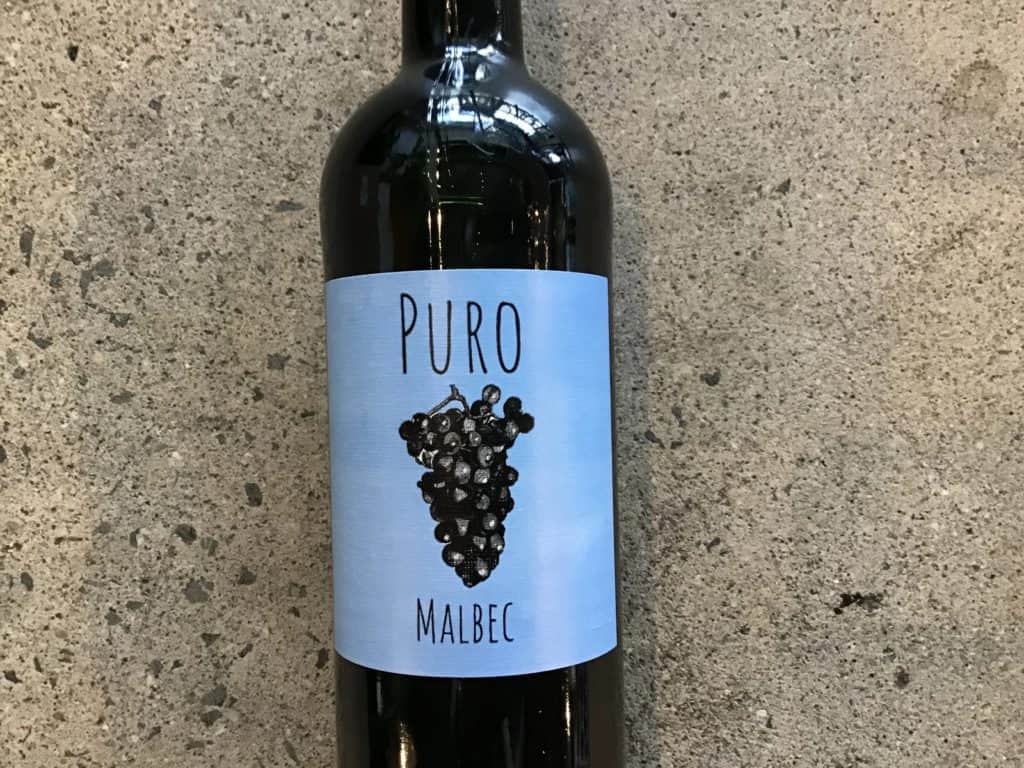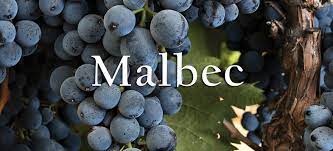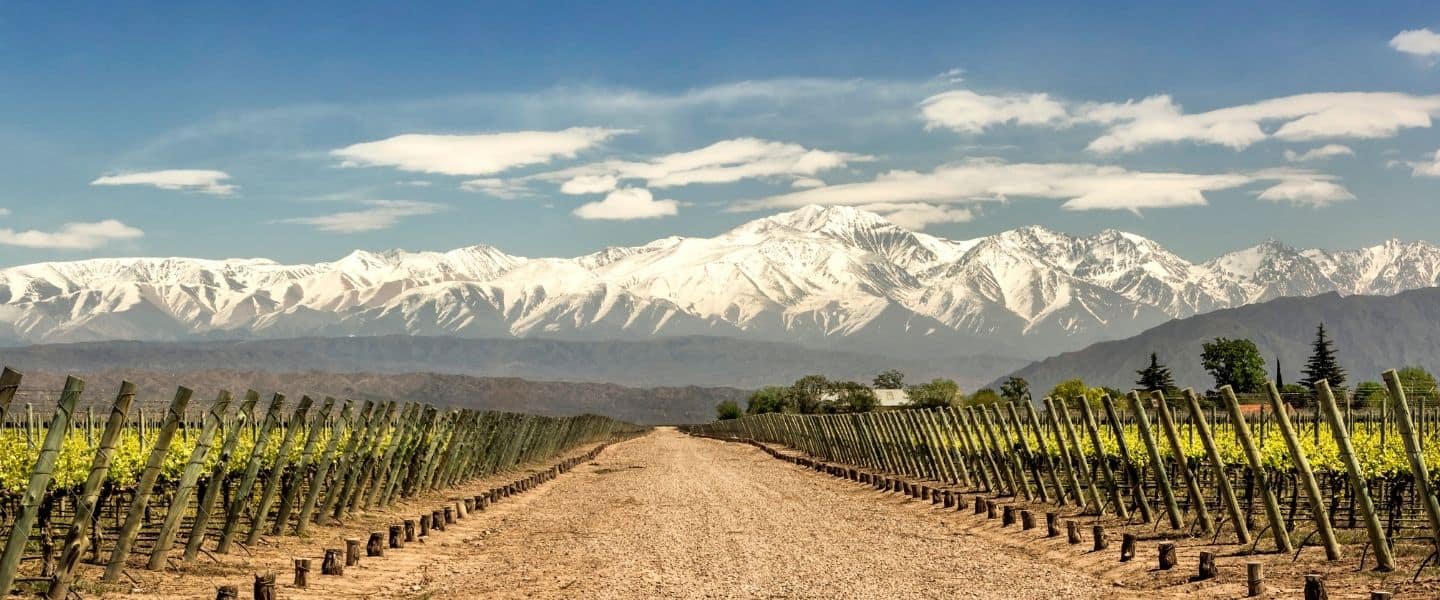Malbec is a fantastic red wine with no “mal bouche”
Malbec is a fantastic red wine with no “mal bouche”. The word “malbec” originates from the French word “mal bouche,” meaning “bad mouth,” because ancient French winemakers referred to the wine’s dark color and bitter tannins as a “bad mouth (feel)”. Warm-climate Malbecs, such as those produced in Argentina, South Africa, or Australia, exhibit dark fruit flavors like blackberry and plum and yummy dark chocolate. Cool-climate Malbecs, like the ones produced in France, have a more black cherry quality with hints of raspberry.
Malbec wines
Malbec wines are also celebrated for tasting smooth and chocolatey on the tongue. They are low in acid but have a lot of structure. Some would even call them a meaty-tasting wine.

My first introduction to Malbec
My first introduction to Malbec was a happy one. Asking a waitron in a street café in Buenos Aires for a glass of red wine in my best ‘una copa vino tinto por favor’, she answered in perfect English; “Certainly, sir…May I suggest our house wine, a delectable Malbec from Mendoza?” The color of the wine was a very dark purple and was dry. I enjoyed the full-bodied and rich, dark fruit nose as well as flavors like blackberry and red plum. This wine was juicy and jammy, with notes of vanilla, tobacco, dark chocolate, and oak. The dark chocolate note lingered on long after the first swirl-and-sip

Malbec, a “marriage” of two ancient cultivars (Prunelard noire and Magdalaine-noire-des-Charentes), originated in the province of Quercy, France, near the small town of Cahors. Malbec vineyards were planted almost 2,000 years ago by the Romans. The wine-drinking Romans called it “Our black wine of Cahors”. In the Middle Ages, the reputation of Malbec wine from Cahors was so strong that it was exported all around the world. Cahors Malbec was served at many posh dinners and impressed numerous wine aficionados. When the disastrous phylloxera outbreak destroyed French (and world) viticulture toward the end of the 19th century, the wine, also known as “côt” fell into oblivion.
Malbec from “mal bouche”
The word “malbec” originates from the French word “mal bouche,” meaning “bad mouth,” because ancient French winemakers referred to the wine’s dark color and bitter tannins as a “bad mouth (feel)”. It seemed that the variety was going to be forgotten, but that was only until the Argentine government hired a French agronomist, Michel A Pouget. Monsieur Pouget introduced Malbec to Argentina and the vines were established at quite a high altitude in the Mendoza region of Argentina. It quickly grew in popularity because of the way it adapted to the terroir of Mendoza. By the late 20th century, it was the country’s signature (and most popular) wine grape.

What I love about this grape is that it seems to feel perfectly at home in South African terroir, producing a wine that is complex and different. It has the fresh, upfront fruit of the New World with the elegant balance of the Old World wines and, as a bonus, all wrapped in a dark, juicy wine that seems like it was just squeezed out of a dark ripe chocolaty berry.






